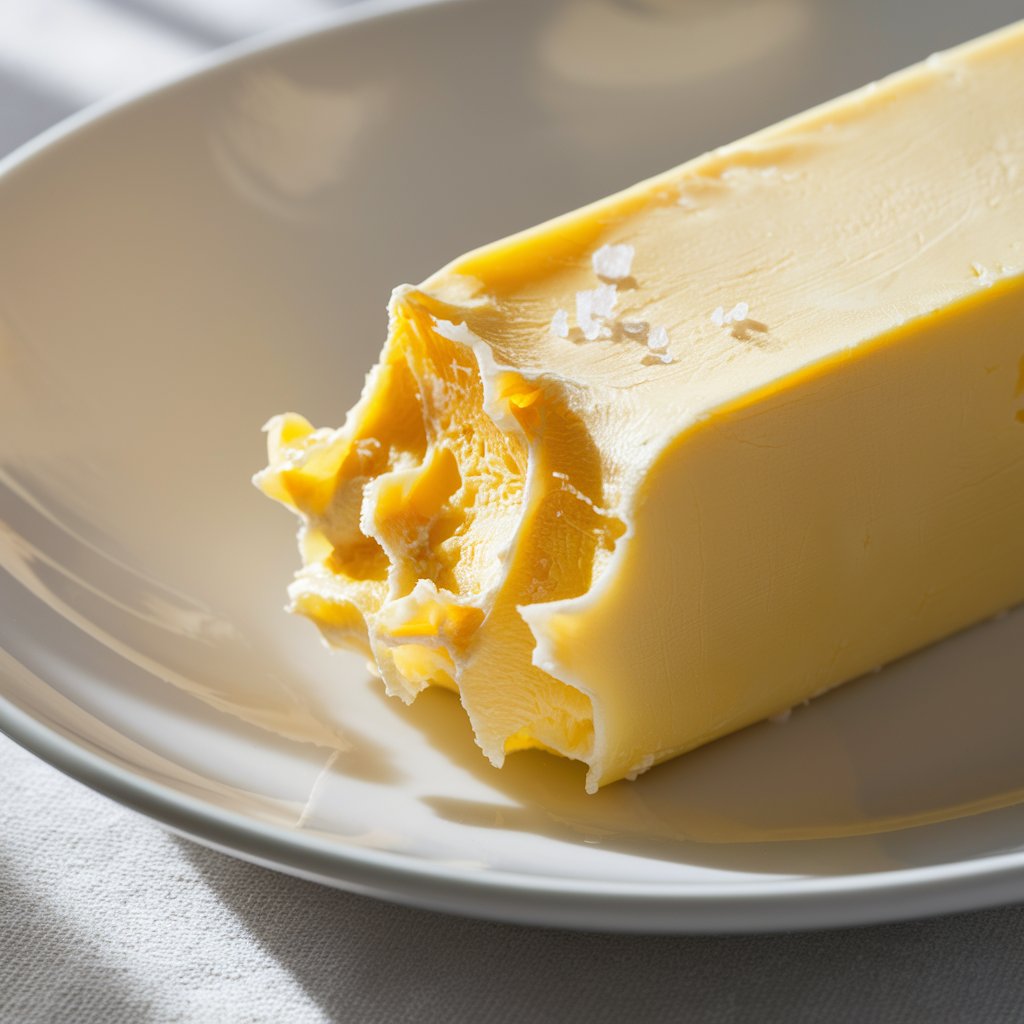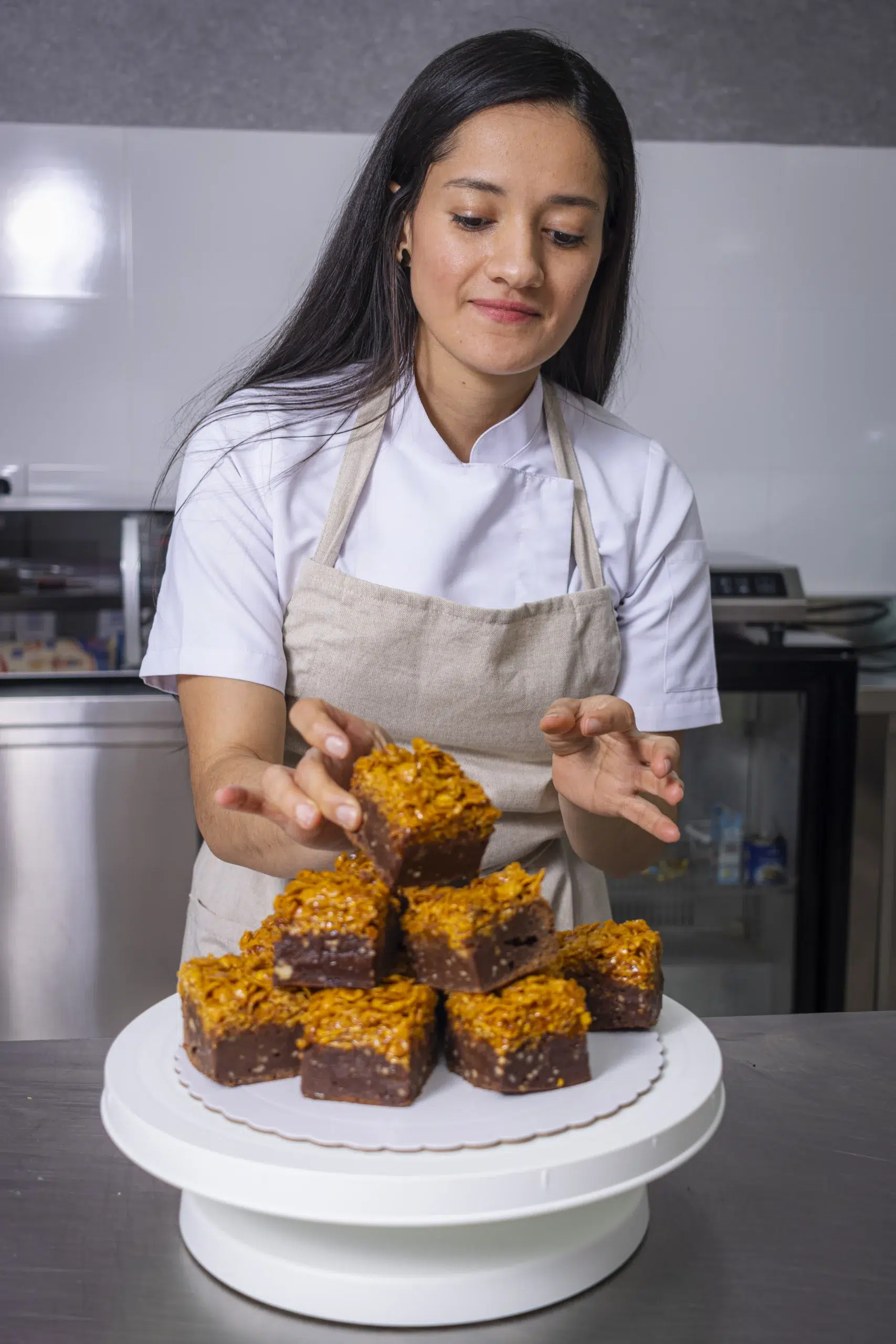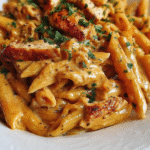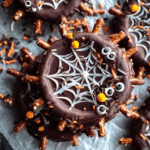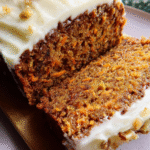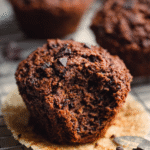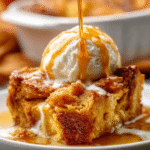Introduction to Cowboy Butter
Cowboy butter, a delightful blend of melted butter, herbs, garlic, and a hint of spice, enhances the flavor of steaks, seafood, and vegetables. However, this culinary delight can sometimes encounter separation issues. By understanding why cowboy butter separates, you can prevent this mishap and keep your dishes flavorful and appealing.
The Basics of Cowboy Butter
Cowboy butter is an emulsion—a mixture where typically unblendable liquids like oil and water come together. In cowboy butter, butterfat and water combine with the help of lecithin, a natural emulsifier found in butter. This balance is crucial for giving cowboy butter its creamy texture and rich flavor.
Why Does It Matter?
When cowboy butter separates, it loses its appealing texture, and flavors can distribute unevenly. This could disappoint anyone looking forward to a flavorful meal. More importantly, mastering the mechanics of cowboy butter separation not only helps in prevention but also enhances your skills in other culinary techniques involving emulsions, such as mayonnaise or hollandaise sauce.
By getting to grips with the basics of cowboy butter and the importance of its emulsion, you set yourself up for culinary success. Next, we’ll dive into the scientific underpinnings of emulsions and their practical applications in the kitchen. Stay tuned to uncover these culinary secrets and ensure your cowboy butter stays smooth and flavorful.
The Science Behind Butter Emulsion
Understanding the science behind emulsions is crucial for mastering dishes that rely on this delicate mixture, such as cowboy butter. In culinary terms, an emulsion is a fine blend of two liquids that normally don’t mix, such as oil and water. Why is it called Cowboy Butter?
What is an Emulsion?
An emulsion in cooking involves combining these immiscible liquids into a stable, homogenous mixture. Emulsifiers like lecithin, naturally present in butter, play a pivotal role here. They have a water-loving (hydrophilic) end and a fat-loving (hydrophobic) end, which allows them to bond with both water and oil, stabilizing the mixture.
How Butter Emulsion Works
In cowboy butter, the emulsion consists of melted butterfat, water, and milk solids. When heated gently, the emulsifier keeps these components blended. Problems arise when this balance is disrupted, often by overheating, which causes the butter to break into oil and milk solids, leading to separation.
Preventing Separation
To maintain an emulsion:
- Avoid overheating: Keep your cooking temperatures moderate.
- Stir gently: Over-vigorous mixing can also cause the emulsion to break.
- Add emulsifiers: Ingredients like mustard or egg yolk can help stabilize the mixture.
Understanding these principles not only helps prevent your cowboy butter from separating but also improves your ability to handle other emulsion-based recipes. Next, we will look into common reasons for separation in cowboy butter and how to address them effectively. Stay tuned to perfect your culinary creations with confidence.
Common Reasons for Separation
Delving deeper into why cowboy butter separates can illuminate specific pitfalls to avoid. By identifying common triggers for separation, you can take proactive steps to maintain the desired consistency of your cowboy butter.
Temperature Issues
One of the primary culprits behind emulsion breakdown is temperature. When cowboy butter gets too hot, the fats and liquids that were emulsified start to part ways.
- Tip: Always heat cowboy butter slowly and at a low temperature to prevent the fats from separating too quickly from the liquids.
Mixing Techniques
How you mix your ingredients can also impact whether your cowboy butter maintains its emulsion.
- Tip: Use a gentle approach when stirring cowboy butter. Aggressive mixing can disrupt the delicate balance of the emulsion.
Ingredient Quality
The quality of the ingredients used can affect the stability of cowboy butter. Impurities or variations in fat content can lead to quicker separation.
- Tip: Opt for high-quality, fresh ingredients to ensure better emulsion stability in your cowboy butter.
Understanding these factors provides insight into why cowboy butter might lose its cohesive texture. Armed with this knowledge, you can better manage the process and avoid common mistakes. Next, we’ll explore how to prevent and fix separation in cowboy butter, ensuring your dishes always come out perfectly. Stay tuned for practical advice and solutions to keep your culinary creations flawless.

Preventive Measures and Solutions
Now that we’ve identified common reasons for the separation of cowboy butter, let’s explore effective strategies to prevent this issue and solutions for fixing it if it does occur.
Cooking Techniques
The way you cook cowboy butter can significantly influence whether it maintains its emulsion. Here are some techniques to help keep everything together:
- Low and Slow: Cook your cowboy butter on a low heat setting. High heat can quickly break the emulsion, causing separation.
- Consistent Stirring: Maintain a steady, gentle stir. This helps keep the emulsion intact without introducing too much agitation.
Ingredient Adjustments
Sometimes, tweaking the ingredients can make all the difference in preventing separation.
- Use Fresh Butter: Older butter might have less emulsifying power due to breakdowns in its structure over time.
- Add an Emulsifier: Introducing a small amount of mustard or an egg yolk can help stabilize the mixture by enhancing the emulsifying action.
Fixing Separated Cowboy Butter
If your cowboy butter has already separated, don’t worry—there are ways to bring it back to life.
- Blend It: Pour the separated mixture into a blender and pulse briefly. This can sometimes help reintegrate the butter.
- Add a Stabilizer: Mixing in a small amount of cold water or another emulsifier can help re-emulsify the mixture.
Understanding these preventive measures and having solutions at hand can ensure that your cowboy butter remains creamy and smooth. Next, we’ll dive into expert advice on maintaining perfect cowboy butter with additional tips and tricks from culinary professionals. Stay tuned for more insights that will elevate your cooking skills to the next level.


